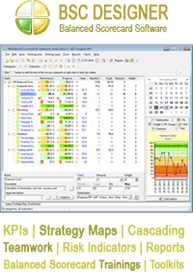Factors to Consider in the Development of the Direct Mail Scorecard
Detailed metrics are very much needed so that the benefits of direct mail marketing can be maximized. This is precisely why there is a need to implement the direct mail scorecard. And while you are setting up the very systems that you will need to collect data, analyze this data, and keep track of the performance of your marketing mailing lists, you need to be ready to exert a lot of effort here. This is no easy feat to beat at all. However, you are sure to reap the benefits of your efforts in due time. In fact, you will find that you are able to reap these benefits quite rapidly, and pretty soon, you will definitely have return of investment in your very hands.
Direct mail marketers have a lot of work to do. First of all, it is a must for direct mail marketers to know just how to use certain measurements appropriately. Aligned with this, direct mail marketers also have to know how to handle and analyze direct mailing statistics, figures, and industry benchmarks as well, so that key decisions can be made aptly. These key decisions, after all, have very significant effects on the total marketing strategy at hand. Thus, it pays to be cautious here.
The purpose of collecting marketing response data is actually for direct mail marketers to use this data for comparison as to the effectiveness of direct mail content. Other than that, the data will also be sued to compare the design of the strategy and to evaluate creative yet diverse approaches to direct mail marketing, its templates and offers, and more. With the proper analysis and interpretation of data at hand, it would be easier to hold campaigns that are based on the results themselves as well as the conclusions that come from such analysis.
For the most part, direct mail marketers actually make use of benchmarks that are considered average in the industry. This way, both the high’s and the low’s of the industry are utilized aptly, to garner a more objective result. However, it is important to note down that benchmarking statistics here are frequently influenced by a number of factors. One of these is the type or medium of direct mail used, which can be subcategorized into the following: business cards, brochures, booklets, newsletters, and other mediums. The advertised industry is also one of the influencing factors here, as well as the delivery method being used. All of these should be included in the scorecard, to maintain a balanced representation of all aspects. Thus, it would only be appropriate to use the benchmarks that are considered average in the industry.
If you want to make use of benchmarking data more efficiently, then as a direct mail marketer, it would make sense to make industry-average stats and figures the very basis of your own goals. For instance, if you have 2.5% response rate generated by direct mail and the average for the industry is pegged at 4.5%, then it is more than sensible to have an internal goal of response rate pegged at roughly 3.5% or 4%.
These are just some of the factors you need to consider when you are implementing your own direct mail scorecard. The web contains a lot of templates that you can check out yourself as well.
—
If you are interested in direct mail scorecard, check this web-site to learn more about direct mail roi.


